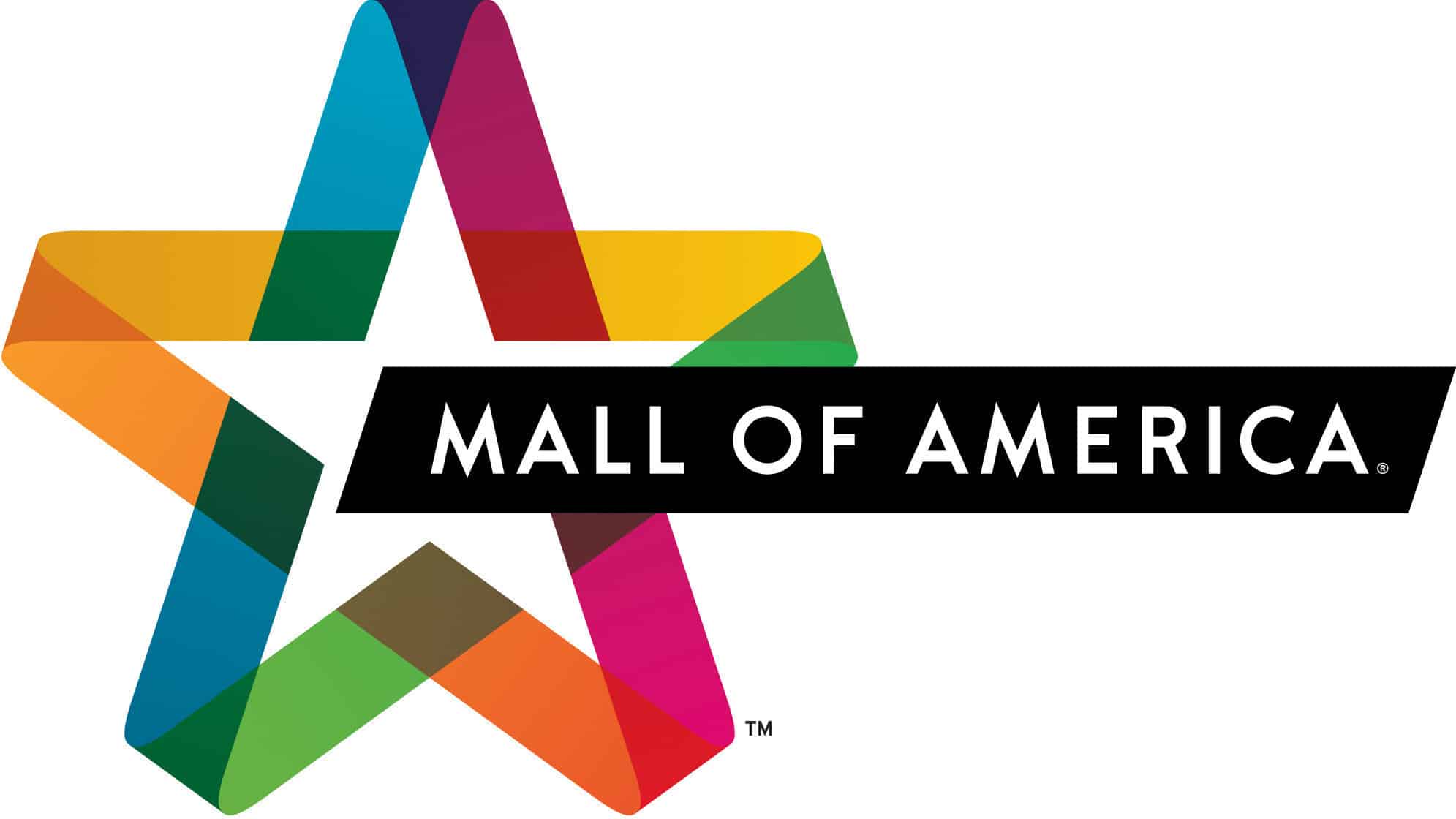March 17, 2025
New Horizons for Luxury Retail: Key Openings on Europe’s Leading Shopping Streets
Despite global economic upheavals and adverse market conditions, the luxury retail category has demonstrated tenacity and adaptation.





Despite global economic upheavals and adverse market conditions, the luxury retail category has demonstrated tenacity and adaptation.
KING CROSS Zagreb, a famous retail mall in Croatia’s capital, has completed the first phase of its ambitious redevelopment project.
Although visits to malls dropped year-over-year in December, this did not stop the industry from showing great general performance in 2024.
Armani/Casa has unveiled its new Los Angeles boutique, transitioning from its design center roots to a standalone retail location.
The new store offers a comprehensive selection of Dsquared2’s men’s, women’s, and children’s collections.
H&M to shutter Monki stores as brand merges with Weekday.